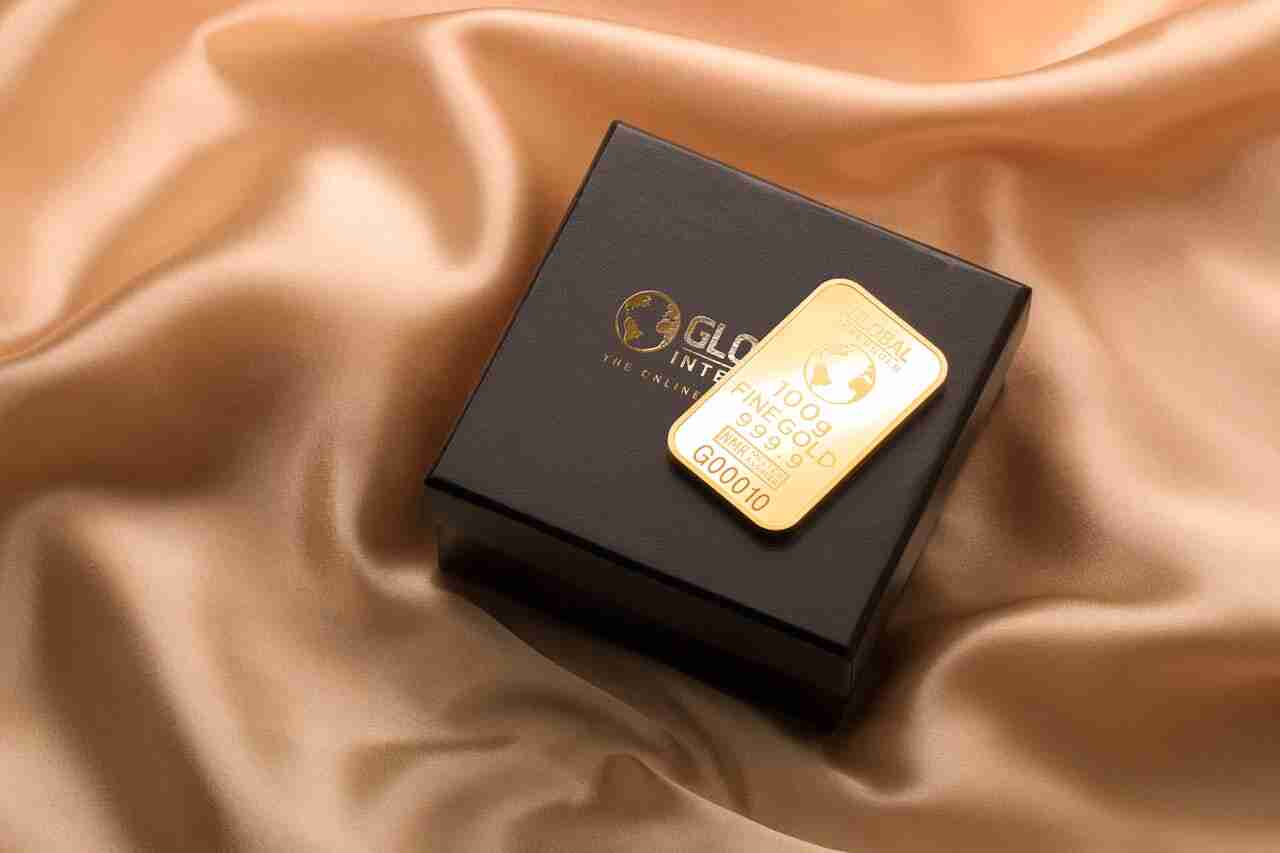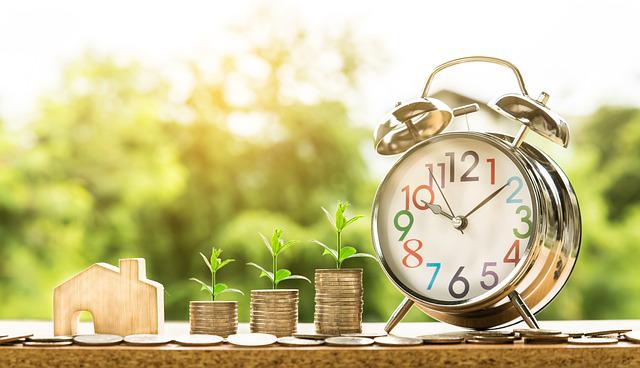Why Investing in Gold Still Rules the Game
Gold has been called many things: the metal of kings, a timeless treasure, and even “God’s currency.”
And let’s be honest—while Bitcoin claims to be “digital gold,” your grandmother is definitely not going to trade her bangles for crypto anytime soon.
In India, gold is basically family. It shows up at weddings dressed as heavy necklaces, sits in lockers for “emergencies,” and pops out during every Diwali or Akshaya Tritiya. In the USA, gold isn’t part of a bride’s trousseau—but when inflation kicks in and the dollar looks wobbly, suddenly everyone wants shiny American Eagle coins.
As Warren Buffett once said:
“Gold gets dug out of the ground, melted, and buried again in another hole. It has no utility. Anyone watching from Mars would be scratching their head.”
Well, Warren, maybe the Martians don’t get it—but for us Earthlings, gold is not just a rock. It’s safety, prestige, and sometimes even the reason why Uncle Sharma from Delhi shows off a little too much at weddings.
Table of Contents
- The Golden Love Affair – India vs. USA
- Why Invest in Gold Anyway?
- Different Ways to Invest in Gold
- Physical Gold
- Gold ETFs & Funds
- Sovereign Gold Bonds (India)
- Digital Gold
- Gold IRAs (USA)
- Futures & Options (for advanced players)
- Myths vs. Facts About Gold
- Risks You Should Know Before Buying Gold
- How Much Gold Should You Own?
- Fun Facts About Gold
- FAQs About Gold Investment
- Conclusion: A Golden Rule for Your Money
1. The Golden Love Affair – India vs. USA
Gold in India is basically the unofficial national obsession. Families proudly say, “Beta, our wealth is in gold and land,” and they’re not joking. Indian households own over 25,000 tons of private gold—that’s more than the gold reserves of the USA, Germany, and IMF combined.
Real-life picture:
Remember the 2008 financial crisis? Many middle-class Indian families survived because they could sell a bangle or two when jobs were lost. Stocks were crashing, but gold shops were crowded.
Now cut to the USA. Americans don’t rush to buy gold bangles during Christmas. Instead, they stack up bullion coins like American Eagles and stash them in safes. During the 1970s, when inflation in the US was so bad that your burger price doubled in a year, gold soared from $35 to $800 an ounce. Imagine telling your kids today: “Back in my day, gold cost less than a good pair of jeans.”
2. Why Invest in Gold Anyway?
You might be thinking, “Okay, it’s shiny and cool—but why should I bother with gold?”
- Hedge against inflation: When onions suddenly cost ₹200 a kilo in India or when U.S. gas prices make you feel like selling your car, gold usually stays calm and shiny.
- Safe haven: During wars, pandemics, or financial meltdowns, gold acts like that calm uncle at family gatherings who says, “Chill, beta, sab theek ho jayega” (everything will be fine).
- Diversification: If your portfolio is a thali (plate of food), gold is that pickle on the side—small but balancing the flavor.
In 2020, when COVID turned everything upside down, stocks were free-falling. But gold? It hit record highs, and families in both India and the USA sold or pledged it for liquidity. Real-life proof that gold is the financial “Plan B.”
3. Different Ways to Invest in Gold
Let’s break down the buffet of options—because not everyone wants gold in the same form.
3.1 Physical Gold
- India: Jewelry, coins, and bars dominate. But be warned—when you buy a gold necklace for your daughter’s wedding, that 15–20% “making charge” vanishes faster than your salary on Zomato orders.
- USA: Coins like American Eagle and Buffalo are hot favorites. Bars too, but not the kind you dance in.
Example: My cousin in Mumbai bought a 10g gold coin in 2010 for ₹18,000. In 2020, it was worth ₹50,000. Not bad! Except, when he bought jewelry instead, the resale value was lower because of those pesky making charges.
Pros: Tangible, emotional, liquid.
Cons: Storage risk, insurance cost, lower resale on jewelry.
3.2 Gold ETFs & Mutual Funds
Why lug around kilos of gold when you can just click and own it?
- India: Nippon India Gold ETF, HDFC Gold ETF.
- USA: SPDR Gold Shares (GLD), iShares Gold Trust (IAU).
Pros: Transparent pricing, easy to buy/sell.
Cons: You can’t wear your ETF at your cousin’s wedding.
During the pandemic, urban Indian millennials preferred ETFs—no need for lockers, just a Demat account. Meanwhile, Americans poured billions into GLD, making it one of the world’s largest ETFs.
3.3 Sovereign Gold Bonds (India Only)
Issued by the RBI, these are like gold with Wi-Fi—traditional yet modern.
- Pay 2.5% annual interest.
- Exempt from capital gains tax if held till maturity.
Example: A Delhi teacher invested in SGBs worth ₹5 lakhs in 2015. By 2023, not only had the gold value appreciated, but she also earned regular interest. Basically, gold that pays you rent—sweet deal!
3.4 Digital Gold
Perfect for those who want to start with as little as ₹100 or $10.
- Buy through apps like Paytm (India) or fintech platforms (USA smaller market).
- Stored in insured vaults.
Think of it as Swiggy/Zomato delivery but for gold—you get the metal without the headache of storage.
3.5 Gold IRAs (USA Only)
This is gold with a retirement twist. The IRS allows Americans to include physical gold in special retirement accounts.
Example: During the 2008 housing crash, many Americans regretted not diversifying. Those with Gold IRAs slept better—because while houses and stocks fell, gold rose.
3.6 Gold Futures & Derivatives
These are like gold on steroids—fast, risky, and not for the faint-hearted.
- Traded on COMEX (USA) and MCX (India).
- Only for seasoned investors.
Example: My friend tried trading gold futures without experience. He bragged on WhatsApp in the morning and went silent by evening—because his account got wiped out. Lesson: not everyone is cut out for derivatives.
4. Myths vs. Facts About Gold
| Myth | Fact |
|---|---|
| Gold always gives huge profits | Nope, it’s more about stability than high growth. |
| Jewelry = Investment | Making charges eat into returns. |
| Only rich people buy gold | Wrong—digital gold lets you start with pocket change. |
| Gold is outdated | Still the go-to asset in crises worldwide. |
Example: In 2016, a young IT guy in Bangalore started with ₹500 in digital gold. By 2023, he had built a mini-stash worth ₹1 lakh. Proof you don’t need to be a billionaire.
5. Risks You Should Know Before Buying Gold
- Volatility: Prices jump—ask anyone who bought at the peak of 2012 and waited years to break even.
- No Cash Flow: Your necklace won’t pay rent (unless you lend it to your sister-in-law).
- Rules & Taxes: Import duties in India, IRS paperwork in the USA.
- Storage Risks: A relative in Chennai kept gold at home, only to find it missing after a “friendly” plumber visit. Lesson: use lockers or insured vaults.
6. How Much Gold Should You Own?
Financial advisors suggest 5–15% of your portfolio in gold.
Sample Allocation:
Stocks 55%
Bonds 25%
Gold 10%
Cash/Other 10%
Example: An NRI friend keeps 10% in gold ETFs and the rest in U.S. stocks and Indian real estate. When stocks dip, gold cushions his portfolio.
7. Fun Facts About Gold
- The world’s largest gold bar weighs 250 kg (Japan, 2005).
- Astronauts’ visors have gold-coated shields to block rays.
- In India, more gold is bought during Akshaya Tritiya than America buys in a whole year.
- Edible gold leaf is used in luxury desserts—though it tastes like… nothing.
Example: A Dubai restaurant once sold a gold-plated burger for $2,000. Imagine explaining that to your dietician.
8. FAQs About Investing in Gold
Q1: Is gold better than stocks?
👉 Not really. Stocks grow wealth; gold protects it. Think of gold as insurance.
Q2: Can I lose money in gold?
👉 Yes, if you buy at peaks or sell too quickly.
Q3: Should I buy jewelry as investment?
👉 Only if you plan to wear it. For investment, pick ETFs or SGBs.
Q4: Can I start small?
👉 Yes! Apps let you start with tiny amounts.
Q5: Which is better—India’s SGBs or U.S. Gold ETFs?
👉 Depends where you live. Both are great, but SGBs give extra interest.
9. Final Words: A Golden Rule for Your Money
Gold isn’t a jackpot—it’s your financial seatbelt. It won’t make you Elon Musk, but it will stop you from crashing when markets go wild.
In India, it’s both culture and security. In the USA, it’s a hedge against inflation and dollar troubles. Either way, gold has survived wars, crashes, and pandemics.
👉 Rule of thumb: Hold gold as insurance, not your main wealth-builder.
Or as grandma might say:
“Beta, never sell all your gold—one day, it might save you.”
And honestly? She’s probably right.
Gold has always been more than just a shiny metal—it’s a safety net, a status symbol, and a timeless store of value. Whether you’re in the USA stacking coins in a vault or in India wearing gold at every wedding, the message is the same: gold protects wealth when the world feels shaky. Start small, stay consistent, and let this golden habit become part of your money story. After all, investing is not about timing the market—it’s about spending time in the market. And with gold, that shine never fades.
Don’t just admire the sparkle—own it! Start your golden journey today and let your wealth shine brighter than ever.





